A closer look at the world’s first consumer 3D-printed wheelchair
Earlier this month, we got our first peak at concept images of the GO wheelchair from Layer Design – a stylish-looking product that’s designed to be tailored to each individual user. Now, the company has provided a detailed look at the product itself, as well as the purpose-built gloves it plans to sell alongside it.
Chris Wood, Gizmag May 18, 2016
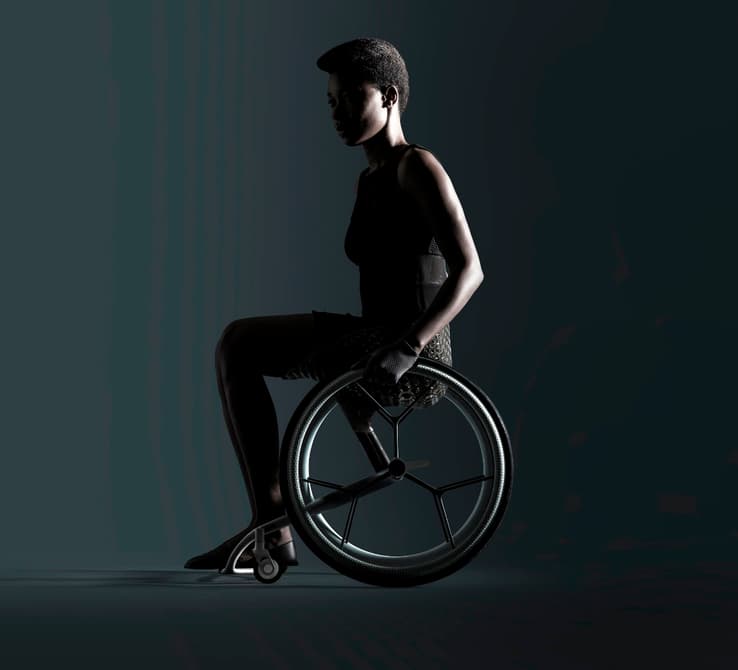
The chair will on show at the Clerkenwell Design Week in London at the end of the month.
The design of the GO wheelchair looks every bit as sleek in the new images as it appeared in the concept shots that Layer released earlier this month. The design of the chair incorporates two 3D-printed elements – the seat and the foot bay. The team spent six months fine-tuning the product, gathering feedback from wheelchair users and medical professionals, and the end result certainly looks slick next to a more standard wheelchair.
img class=”alignnone wp-image-15639″ src=”https://www.braceworks.ca/wp-content/uploads/2016/06/go-wheelchair_layer_benjamin-hubert_clerkenwell-design-week_dezeen.jpg” width=”600″ height=”600″ />
| Benjamin Hubert’s London studio Layer has unveiled photographs and a movie of its made-to-measure, 3D-printed wheelchair. |
Layer has also provided a first look at the custom gloves that it plans to sell alongside the chair, designed to reduce the strain put on users’ hands when self-propelling. The surface of the gloves is designed to lock into the GO’s push rims, providing a greater power-to-push ratio.
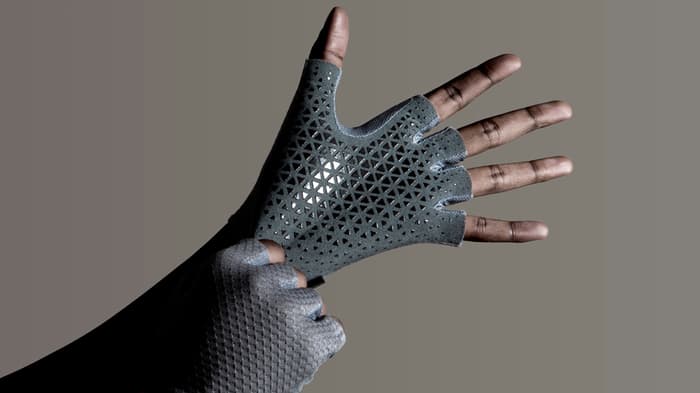
A first look at the custom gloves that it plans to sell alongside the wheelchair.
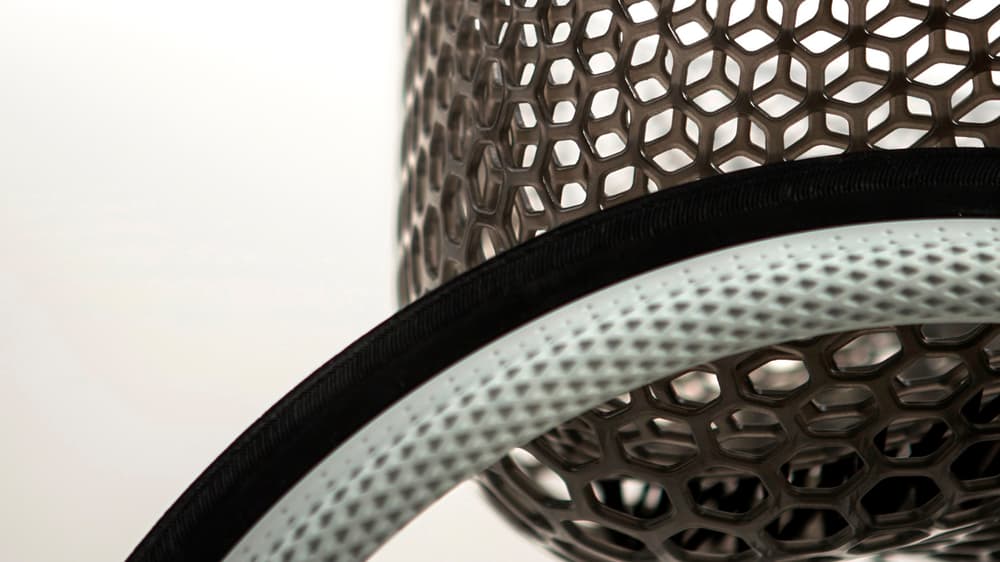
The texture of the gloves is designed to lock into the push rims, providing a greater power-to-push ratio.
Aside from the new images, Layer also released some illustrations of how users will be able to customize the chair to best suit their needs. These adjustments include changes to the angle of the back of the chair, as well as seat length and angle, and footrest height, length and angle.
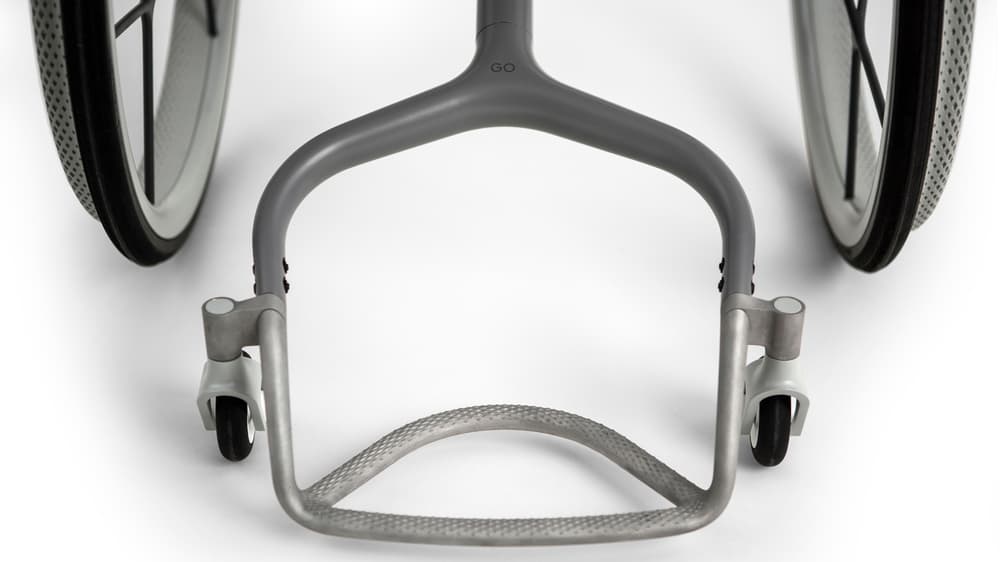
Available adjustments include changes to the angle of the back of the chair, as well as seat length and angle, and footrest height, length and angle.
The seat of the wheelchair will be tailored to individuals by means of 3D mapping their biometric information. Optional components such as transfer bars, wheel guards and push bars can be added to orders via the company’s app, and users can even pick different pattern designs for the printed seat.
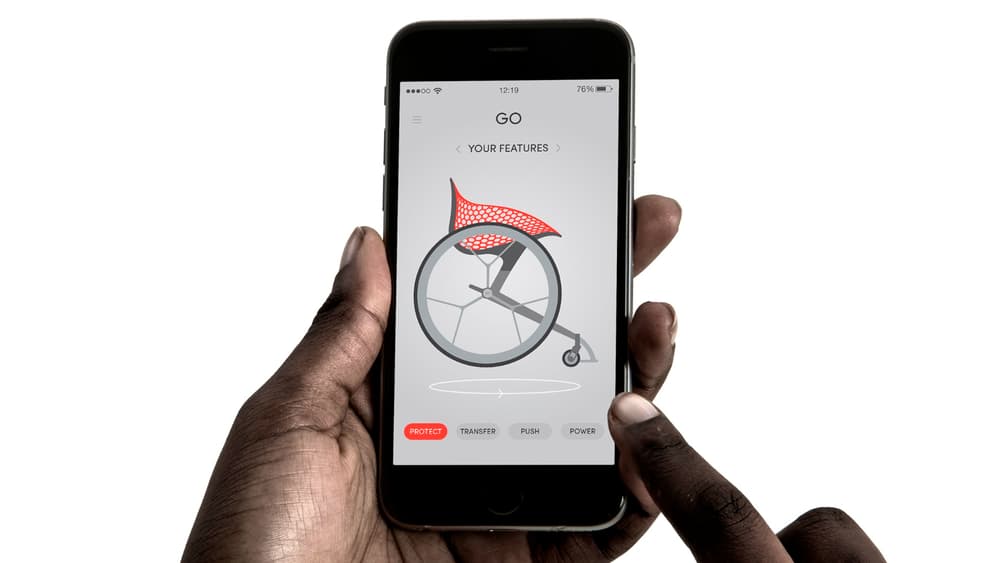
Optional components such as transfer bars, wheel guards and push bars can be added to orders via the company’s app.
The project is a collaborative effort between Layer’s research division LayerLAB, and Materialise – a leader in 3D-printing solutions. The GO wheelchair will on show during the Clerkenwell Design Week in London next week as part of an exhibition of the design firm’s work.
While Materialise is set to handle the 3D printed components, Layer is now looking for additional partners to manufacture other parts of the chair, and to help it distribute the product into the market.
Source Gizmag
| LayerLAB is the studio’s new research division, founded in 2016 to investigate new applications for emerging technologies and materials with the potential to meaningfully improve quality of life. |
| LayerLAB’s inaugural project is GO, a made-to-measure 3D-printed consumer wheelchair that has been designed to fit the individual needs of a wide range of disabilities and lifestyles. The custom form of the seat and foot-bay is driven by 3D digital data derived from mapping each user’s biometric information. The resulting wheelchair accurately fits the individual’s body shape, weight and disability to reduce injury and increase comfort, flexibility, and support. The accompanying GO app allows users to participate in the design process by specifying optional elements, patterns and colourways, and to place orders. |
| GO is the result of an intensive, two-year research period during which the studio interviewed dozens of wheelchair users and medical professionals to establish how to remove the stigma associated with wheelchairs as medical devices and create a more human-centered vehicle. |
Also see
Made to Measure Layer Design
Benjamin Hubert’s 3D-printed wheelchair to launch during Clerkenwell Design Week Dezeen
